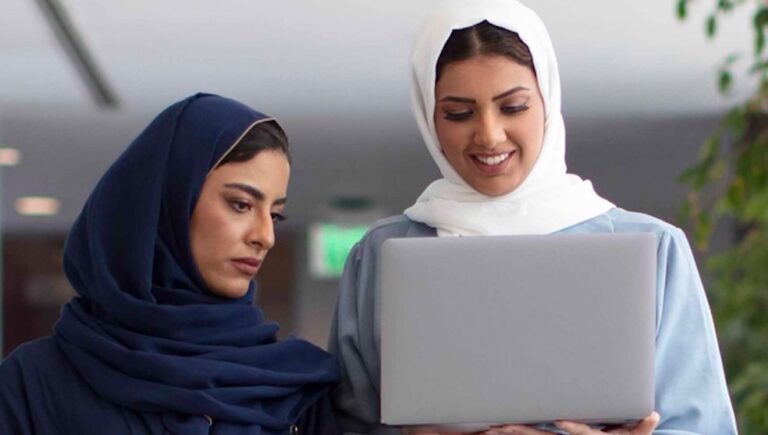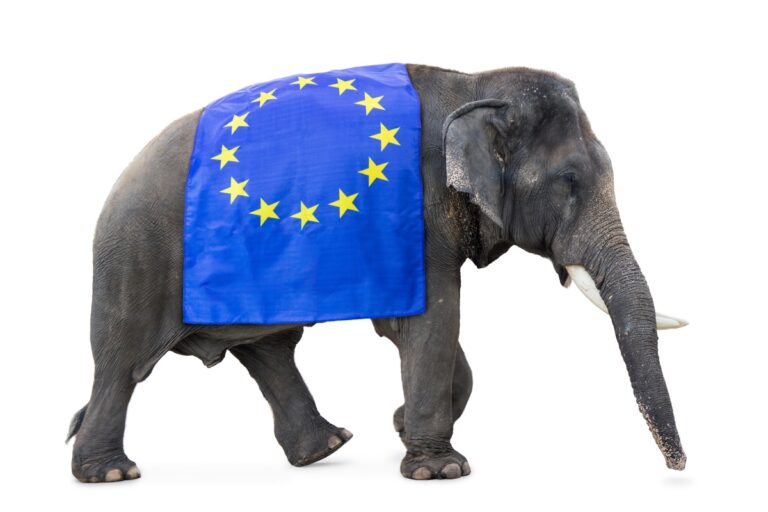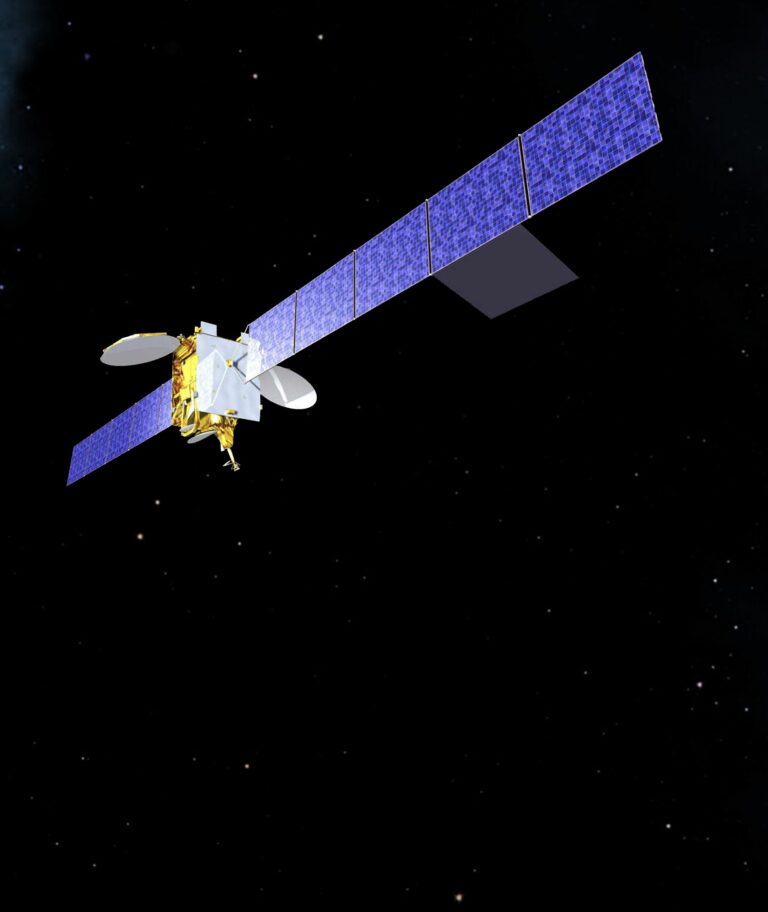Can they succeed where previous attempts to beat Big Tech at its own game have failed?
Europe’s four largest telco groups have notified the European Commission (EC) that they intend to form a joint venture to “offer a privacy-led, digital identification solution”.
Germany’s Deutsche Telekom, France’s Orange, Spain’s Telefónica and the UK’s Vodafone Group say the solution is to support the targeted advertising and marketing requirements of “brands and publishers,” according to an EC document published by the Directorate-General for Competition.
The Directorate-General will decide by 10 February whether to approve the proposed joint venture as it is, to request amendments or launch an anti-monopoly review.
Stress on privacy and consent
The notification says the planned venture would “generate a secure, pseudonymised token derived from a hashed/encrypted pseudonymous internal identity linked to a user’s network subscription which will be provided by participating network operators”.
This would allow digital publishers and brands to ‘recognise’ the user and optimise online display advertising as well as the performance of the site or app without revealing any personal data.
The plan is that users could manage to which publishers and brands they give consent to use their anonymised via a portal.
Turning trust into euros?
The operators look like they want to trade on being seen as more trustworthy regarding their approach to customers’ data than Big Tech platforms, many of which have received multiple fines, on both sides of the Atlantic, for using or allowing illegal or nefarious use of their customers’ data.
Research carried out by Mobile Europe in partnership with IntentHQ last year found that operators are failing to capitalise on their data assets and are so anxious about privacy that they are failing to deliver what customers want in terms of personalisation.
This is also at a time when Apple’s revised privacy policy has dealt a savage blow to Meta’s ad revenues (Facebook) and Google’s search engine is “less encylopedia, more Yellow Pages”, according to an article in the Financial Times last week [subscription needed]. Author Elaine Moore complains that if a search term can also be a product, then it takes the searcher considerable time to get past the phalanx of sponsored links.
A Freakonomics podcast in November called the search engine a set of cheap tricks, while last summer Atlantic magazine has asked if Google search is in fatal decline because of choking results with ads. Certainly its revenue growth fell more than analysts expected in Q3 last year and OpenAI’s GPT-3 has also given it something to worry about, after bobbing about in the background for a couple of years.
Operators have not got a great track record at getting together to beat Big Tech at its own business models – anyone remember the Wholesale Applications Community (WAC) launched in 2011? Their invidividual mobile ad efforts came to naught also.
Timing is all
Yet times have changed, many see Big Tech on the back foot, threated by a tsunami of regulatory probes and lawsuits, and damaged reputations, as well as the feeling of moving into a new era. Facebook has also suffered because of TikTok’s terrific success, but unlike when it was allowed to acquire WhatsApp without demur, it is highly unlikely it would be allowed to acquire TikTok now on anti-trust grounds.
Interesting too that this is pan-European initiative, not global, which reflects the geopolitical fractures of these times although of course should this initiative succeed, each of the big four has operations outside Europe’s boundaries, including in the Middle East and Africa, as well as in the US, in Deutsche Telekom’s case.











